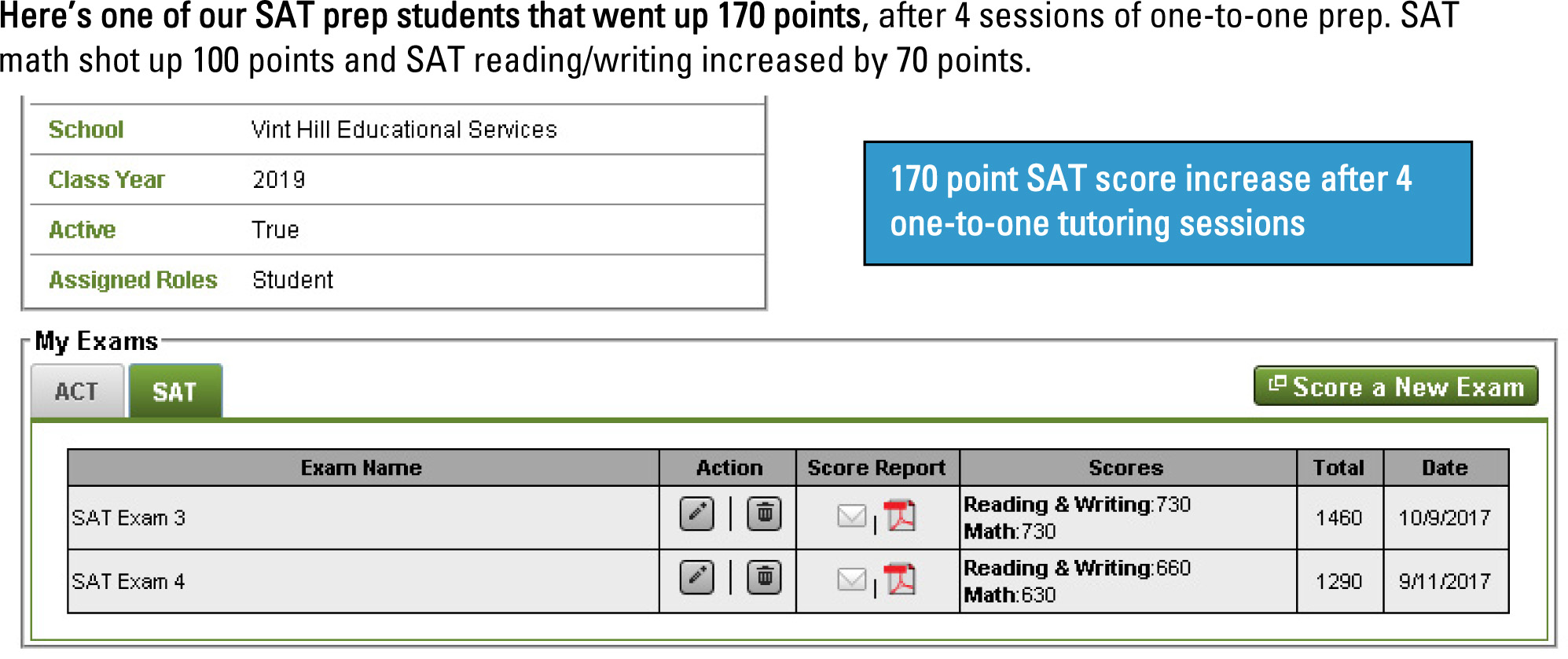Your SAT Test Day is approaching, and you need SAT Math tips and strategies to maximize your score. Remember that your SAT Math subscores will reflect how you perform on specific questions tied to The Heart of Algebra, Passport to Advanced Math, and Problem Solving and Data Analysis concepts.
SAT Math Tip #1: Use this approach to answer every SAT math question
Step 1: Read the question, identifying and organizing important information as you go
• What information am I given?
• Separate the question from the context.
• How are the answer choices different?
• Should I label or draw a diagram?
Step 2: Choose the best strategy to answer the SAT Math question
• Look for Patterns.
• Pick numbers or use straightforward math.
Step 3: Check that you answered the right question
• Review the question stem.
• Check units of measurement.
• Double-check your work.
SAT Math Tip #2: Use this method for multi-part Math questions
Step 1: Read the first question in the set, looking for clues.
Step 2: Identify and organize the information you need.
Step 3: Based on what you know, plan your steps to navigate the first question.
Step 4: Solve, step-by-step, checking units as you go.
Step 5: Did I answer the right question?
Step 6: Repeat for remaining questions, incorporating results from the previous question if possible.
SAT Math Tip #3: Translate words into math
Translate the words in the question into math so you can solve.
SAT Math Tip #4: Review number properties and SAT math relationships
Recognizing number properties will save you time on Test Day. Number properties rules include odds and evens, prime numbers, and the order of operations. You can pick numbers to help you remember the rules.
For SAT math relationships, knowing the difference between ratios, proportions, and percents can save valuable time. Being able to move easily among percents, fractions, and decimals will also save time.
SAT Math Tip #5: Make sure your calculator is allowed and bring it with you on Test Day.
Check the official SAT website to make sure the calculator you plan to use on the SAT math section is allowed.
Contact us to learn how we can help increase your SAT math score!





